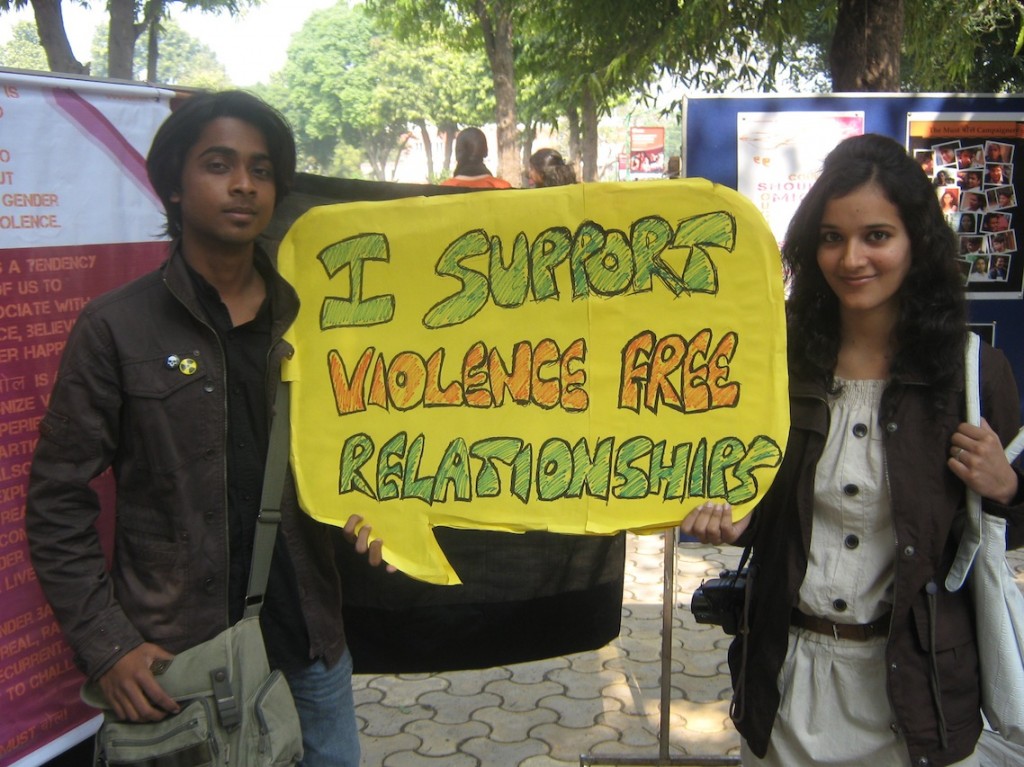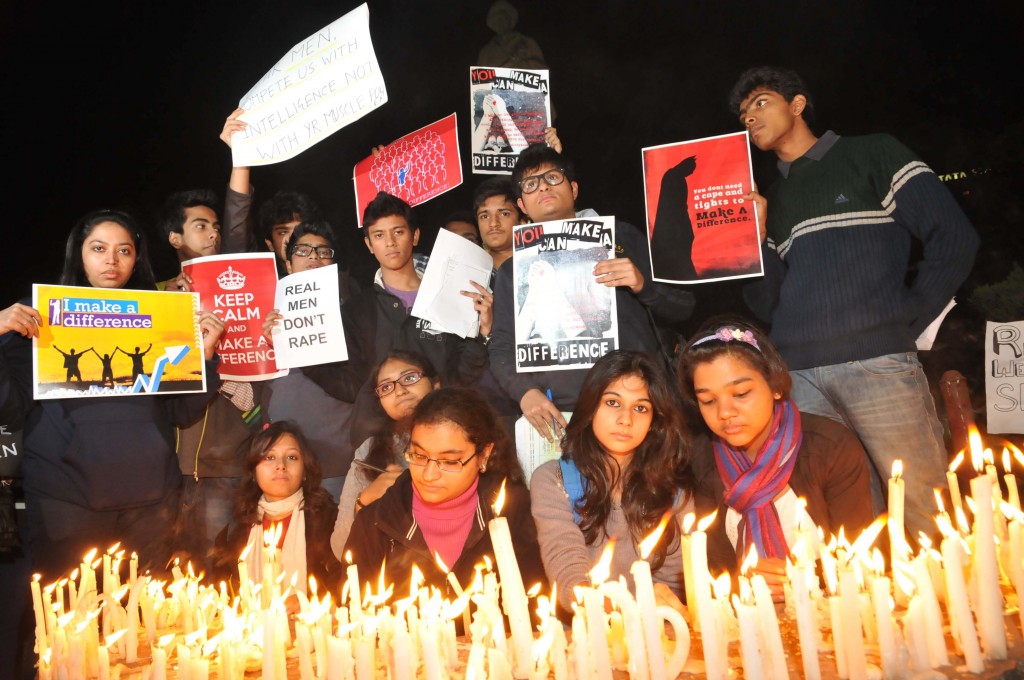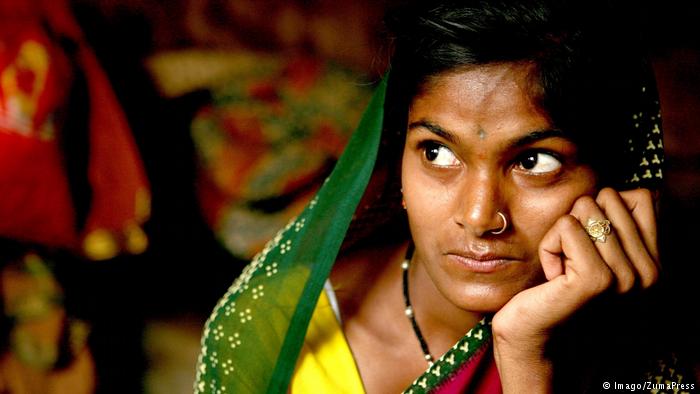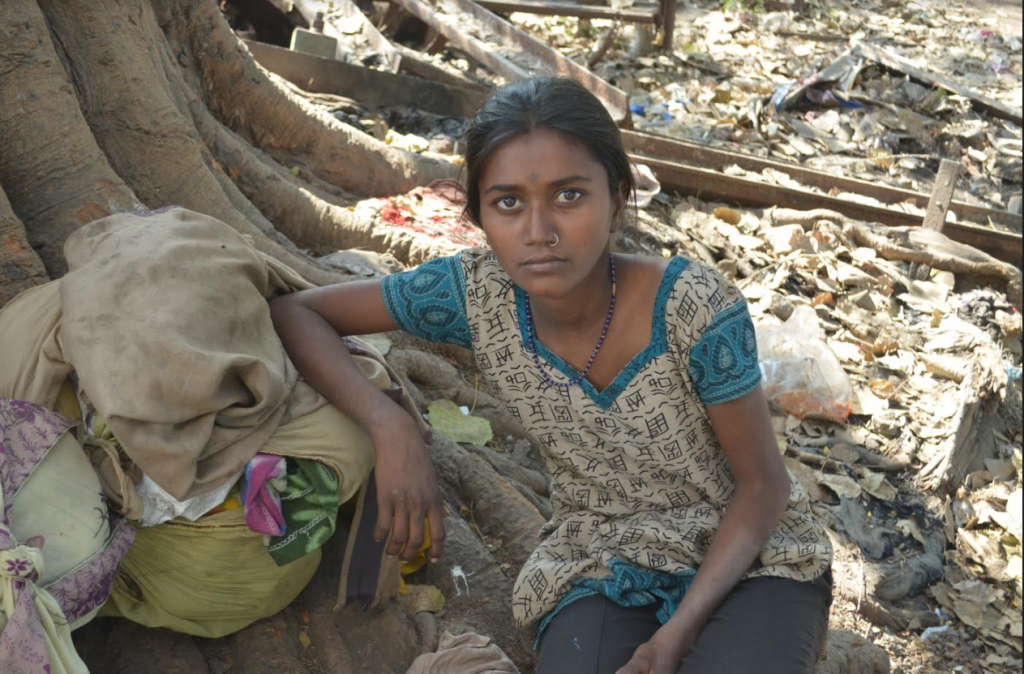Freedom from violence and fear

The presence of young women in the movement for a violence-free society for women has infused new energy and vigour.
After the brutal gang rape of a young woman in December 2012 in the national capital, following which she succumbed to her injuries, there was a great upsurge of people protesting on the streets. It was the graphic, vicious nature of the crime, as opposed to the ‘normalcy’ of everyday violence, which brought everyone out in large numbers. From day one, placards and slogans demanding an end to gender bias: “Why are women blamed for sexual violence unleashed on them” or “Why should girls restrain themselves from living their life to the fullest,” were being raised and the effects of this rage were felt and witnessed across India.
How the 2012 rape changed mindsets
The Delhi incident, often referred to as the Nirbhaya case, has brought about a change in the way the Indian society is tackling violence against women. According to noted feminist and scholar Uma Chakravarti, this case has firmly brought home the issue of a woman’s autonomy, something that the women’s movement has been working tirelessly over decades to establish.
The reason the New Delhi rape triggered massive outcry from the public, generating extensive media coverage and thereby increasing awareness about gendered violence, can be traced back not only to the sheer brutality of the crime but also to the socio-economic class of the victim and perpetrators. The defendants were men from poor backgrounds, while the victim was a middle-class, educated woman. “The attention brought to this case may be attributed to the higher social class of the woman in comparison to the men, illustrating the tension between social classes and the violent backlash resulting from the success of modern female urbanites,” she observes.
Change in the laws
Although the nature of public discourse around violence against women in India, especially rape, has been evolving over the years, there have been some distinct markers of change.
The first one was the Mathura Rape Case of 1980 through which the women’s movement was able to highlight the issue of custodial rape. It was a major victory when it was acknowledged that in custody, the question of consent cannot be interpreted in the conventional sense – under detention, to claim that the victim had consented to sex because there were no signs of struggle was absolutely bizarre.
From that success to 2012, it’s been a long drawn struggle towards confronting the notion of protection of women. Right from the start of the Nirbhaya movement, besides calls for death penalty, slogans opposing the whole agenda of “protecting women” came out quite spontaneously.
In fact, there was a collective cry for “Azadi” or “Freedom without fear.” Women demanded different kinds of freedom – to be out in public spaces, to wear what they want, to voice what they feel, to marry by their own choice.
What is “risky behaviour?”
The women’s movement has spent years challenging this idea of “risky behaviour” (how women dress and “provoke” men) and even now there is a certain section that adheres to this narrow way of thinking.
Chakravarti explains, “We need to identify linkages between violence against women and the ideology coming out of neo-liberal economic policies. Neo-liberalism has a lot at stake in controlling women’s sexuality, sexual labour, reproductive labour and of course, women’s labour in the global marketplace. Surely, there is also the question of existing traditions like feudalism which collide with neo-liberalism to further create a particular environment for violence in India.”
Gradually, though, the laws are working to mitigate these regressive concepts. The recommendations submitted collectively by women’s organisations across the country to the Justice Verma Committee, which was set up in the aftermath of the Delhi gang rape case, has brought about many positive changes, especially regarding the definition of sexual crimes. Significantly, the new law has given a clear definition of consent – it has now been articulated very explicitly so that unless it is very clear from words or gestures that the woman is consenting, it cannot be inferred through her conduct or otherwise.
The number of women reporting sexual violence has risen dramatically, which means that women are breaking free from the culture of silence fuelled by shame. Women and their families no longer attach stigma to sexual violence. As a result, the issue of violence against women can no longer be denied. Women are learning to assert their rights and seek justice , and that is always a good thing.
Author: Kamayani Bali-Mahabal
Editor: Manasi Gopalakrishnan
This is a story from Womens Features Service.








